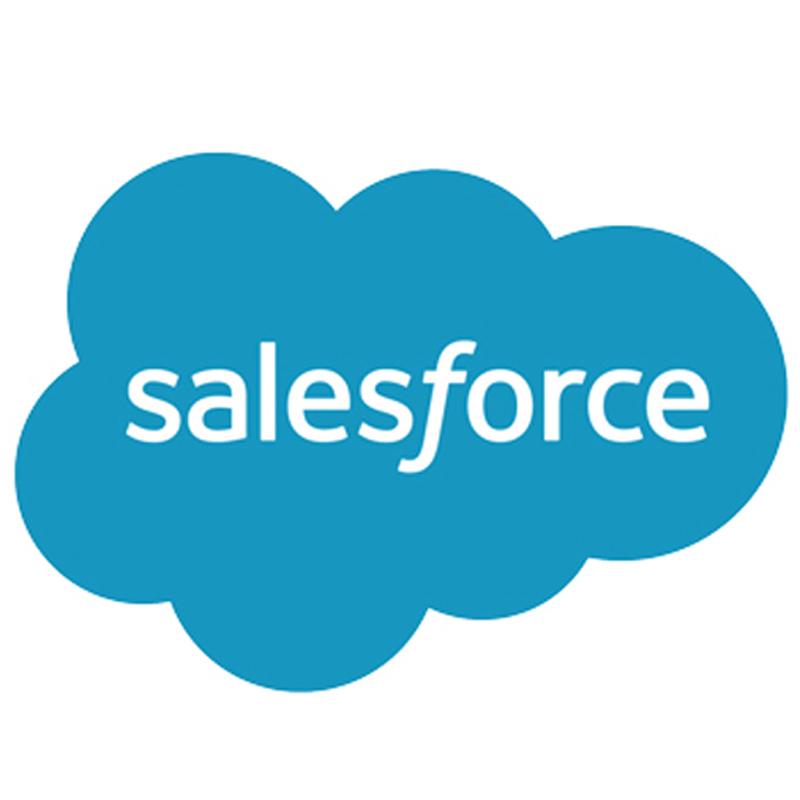
Using educational technology to improve data management and student journeys in ANZ
Using multiple technology platforms that silo data continues to create difficulties for universities. It often leads to problems such as ineffective conversion rates and higher costs for staff training. Many institutions are now centralising their systems and integrating data siloes to enhance student engagement, improve student retention and alleviate the administrative burden for staff and students.
At a webinar hosted by Times Higher Education in partnership with Salesforce, a panel of experts from academia and industry in Australia and New Zealand came together to discuss the role of data and AI in achieving these goals.
Emerging AI technologies assist in managing multiple data systems by integrating all the digital touchpoints within the student lifecycle. Institutions can now monitor and manage the student journey while reducing the administrative tasks required.
“Sometimes the first hurdle to tackle is understanding all of those different data sources, whether it’s web engagement metrics, email open rates [or] advising appointment data,” said Rachel Greenfield, director of product marketing for Education Cloud at Salesforce. To effectively embed AI into education management platforms, it is crucial to identify the relevant data sources first. Institutions can then integrate the data collected and take action based on the insights gained.
Forrester Consulting’s report, The Total Economic Impact of Salesforce for Education commissioned by Salesforce, interviewed 10 Salesforce customers from seven universities across the UK, the US and Australia to evaluate the value of their educational technology investments.
According to the report, the universities that invested in Salesforce for Education attained a 153 per cent return on investment and recovered the initial investment cost within a 14-month payback period. The report also revealed that these universities saw a 15 per cent increase in first-year student retention over three years and a decrease in response time to student enquiries.
Speaking about the practical applications of this approach, Craig Warren, chief digital officer at Deakin University, explained that using a system that integrates students’ digital touchpoints allows the university to analyse their journey.
Warren added that his university has collaborated with Salesforce to monitor and log every digital interaction with prospective and current students and alumni through automation and integration.
Two years into the collaboration, Warren has examples of instances where insights from the data have helped Deakin University provide a personalised experience to all of its students. “We can identify students at risk of failure,” Warren explained. “These interventions are also recorded so we can measure their success rate.”
The panel agreed that having an effective data strategy is necessary for universities to strengthen their technological foundation. In addition to effectively streamlining data management, such a strategy helps to reduce the time and cost of training staff on multiple platforms and improves access to previously siloed data.
The higher education sector is at an inflection point, with shifting demographics and increased competition creating new challenges for institutions to overcome, Greenfield said. This is where Salesforce can offer further support. “For us, lifelong impact starts by empowering faculty and staff,” said Greenfield. “We want to help institutions have an integrated platform to get the time back to do what they do best, supporting students.”
The panel:
- Marco Bordieri, principal solution engineer, Salesforce
- Gitanjali Goswami, branded content manager (APAC), Times Higher
- Education (chair)
- Rachel Greenfield, director of product marketing, Salesforce
- Craig Warren, chief digital officer, Deakin University
Watch the webinar on demand above or on the THE Connect YouTube channel.

